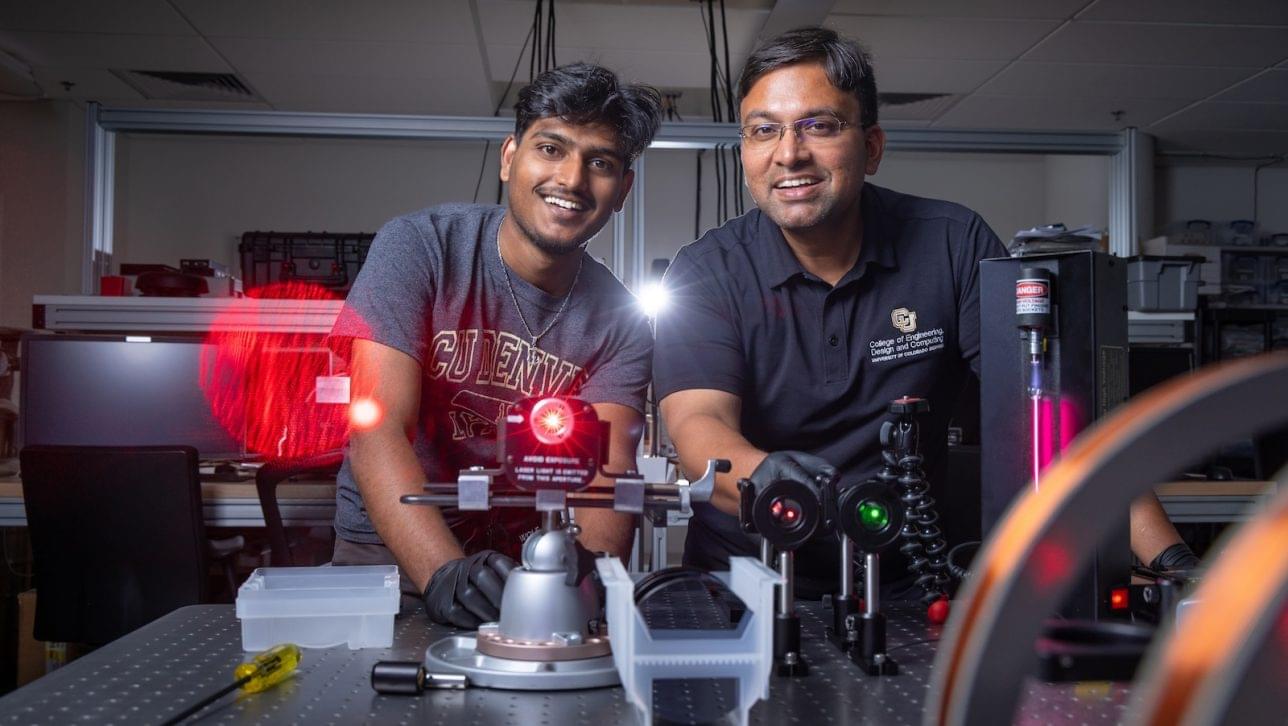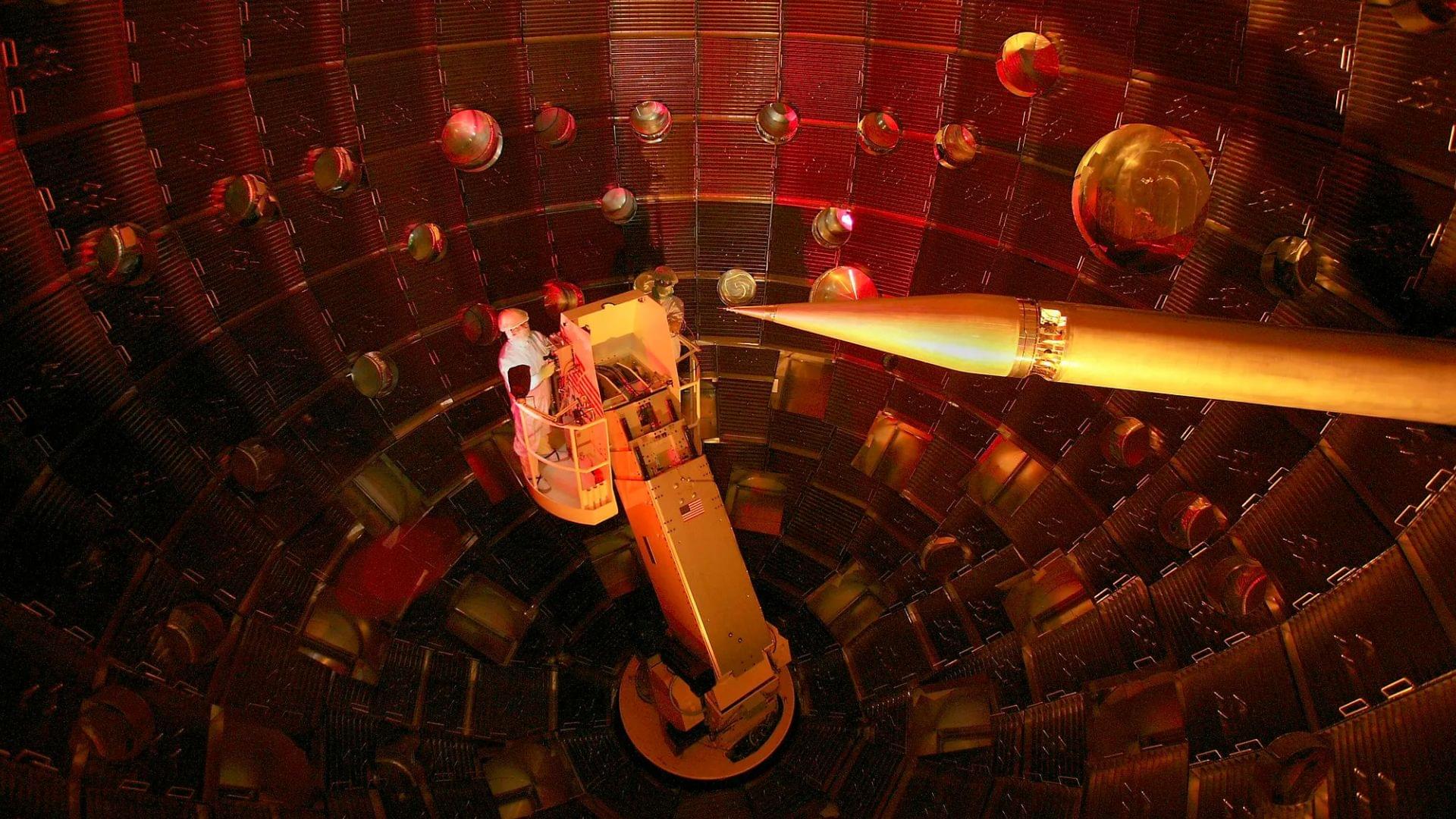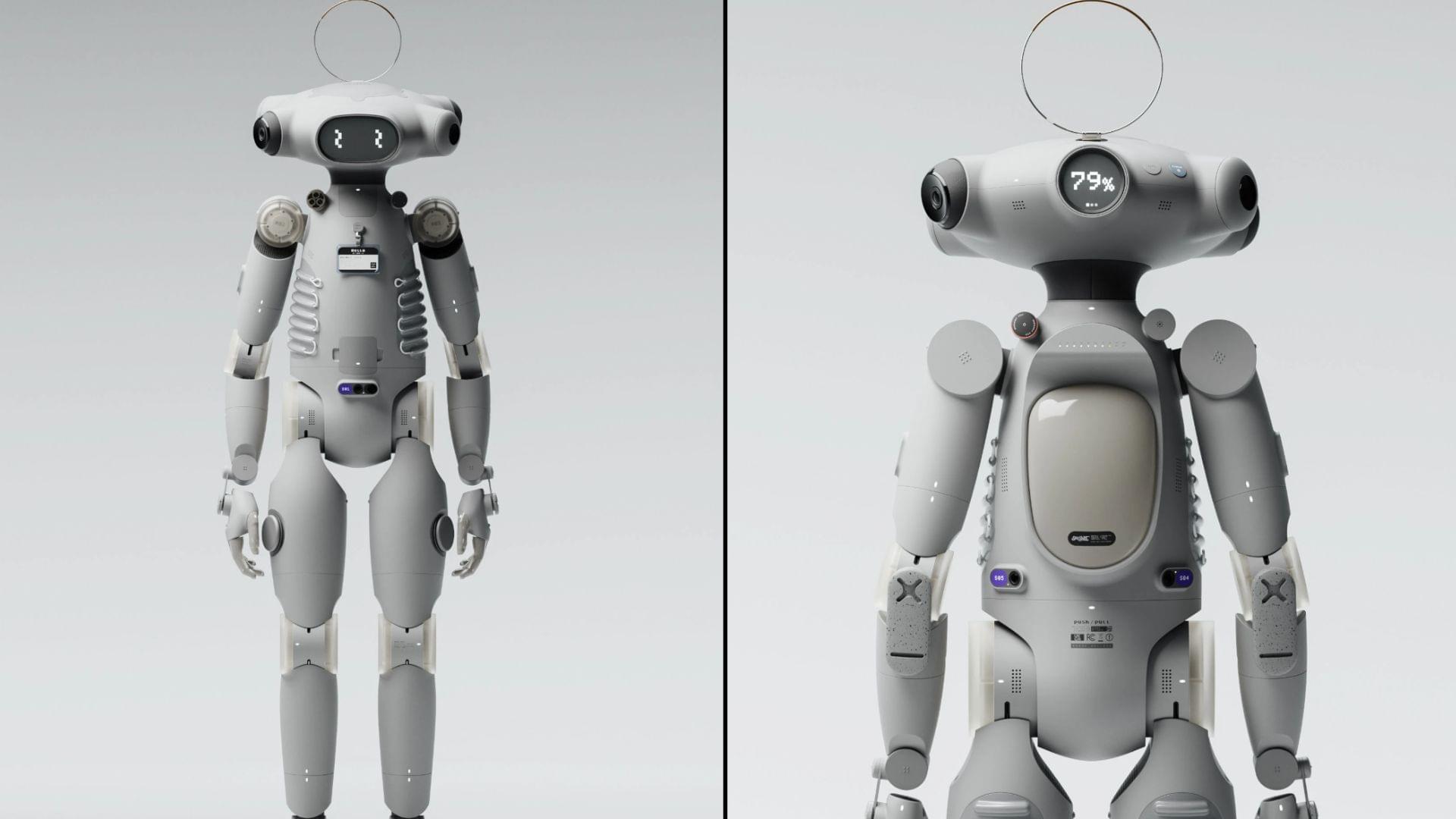Imagine a safe gamma ray laser that could eradicate cancer cells without damaging healthy tissue. A University of Colorado Denver engineer is on the cusp of giving scientists a new tool that can help them turn sci-fi into reality.



EV batteries could offer longer lifespan, increased safety with new Swedish tech.
The lifespan of EV batteries has remained a challenging factor for their users. After continuous usage of years, these batteries’ lifespan decreases. But a new experiment offers hope for longer lifespan of EV batteries.
An AI model, developed at Uppsala University, could reportedly offer enhanced safety and longer life of EV batteries. The model provides a much more accurate picture of battery ageing.



UK’s new defense system can hit tennis-ball-sized objects traveling at Mach 2 speed.
The U.K. has made a significant effort to upgrade its missile defense power. The country is buying six new Land Ceptor air defense missile systems to bolster national security and defence.
Named Sky Sabre, the system delivers higher accuracy at the time of combat. It’a capable of hitting a tennis-ball sized object travelling twice the speed of sound.
The sophisticated system can also simultaneously control the flight of 24 missiles, guiding them each to intercept separate targets at once.
China’s military data link could offer faster coordination during hypersonic attacks.
Chinese researchers explain that traditional tactical data links rely on round-trip time (RTT) for synchronization, which works for low-speed aircraft. Systems like NATO’s Link-16 achieve roughly 100-nanosecond accuracy under these conditions.
However, in hypersonic cooperative strike systems operating above Mach 5, the rapid relative motion between widely dispersed platforms creates asymmetric transmission paths, severely reducing the precision of conventional RTT algorithms. This highlights the need for new communication technologies capable of maintaining ultra-precise timing at extreme speeds.

China’s Huawei unveils world’s first 100MW charging hub to power 700 electric trucks daily.
Built with Huawei’s Megawatt Supercharging technology, this massive facility serves over 700 trucks daily.

